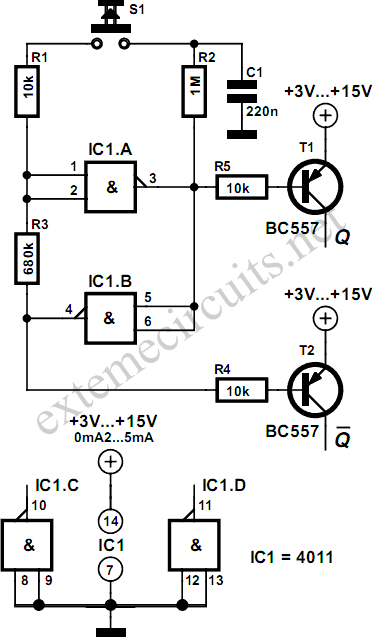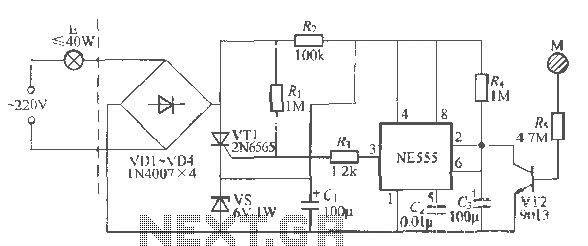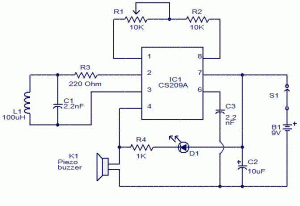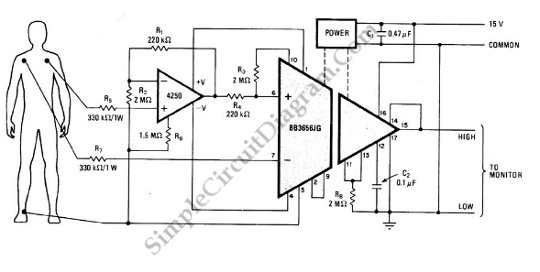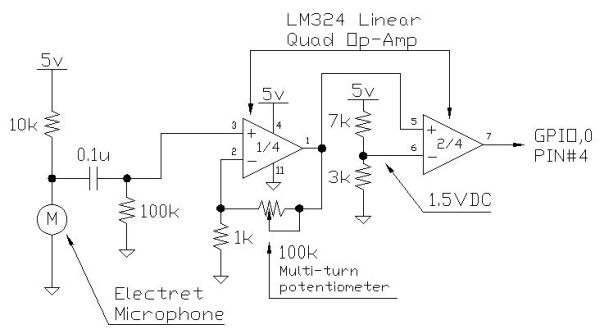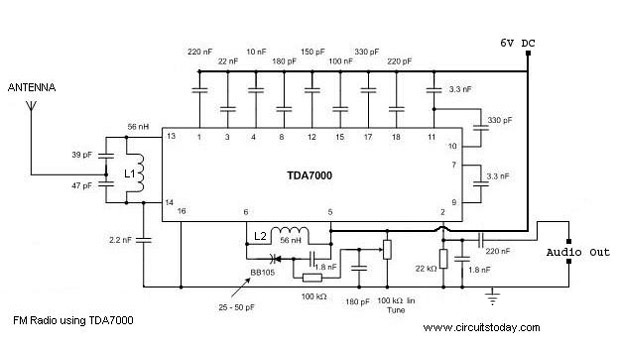
Robocar Obstacle Sensor using 89c51
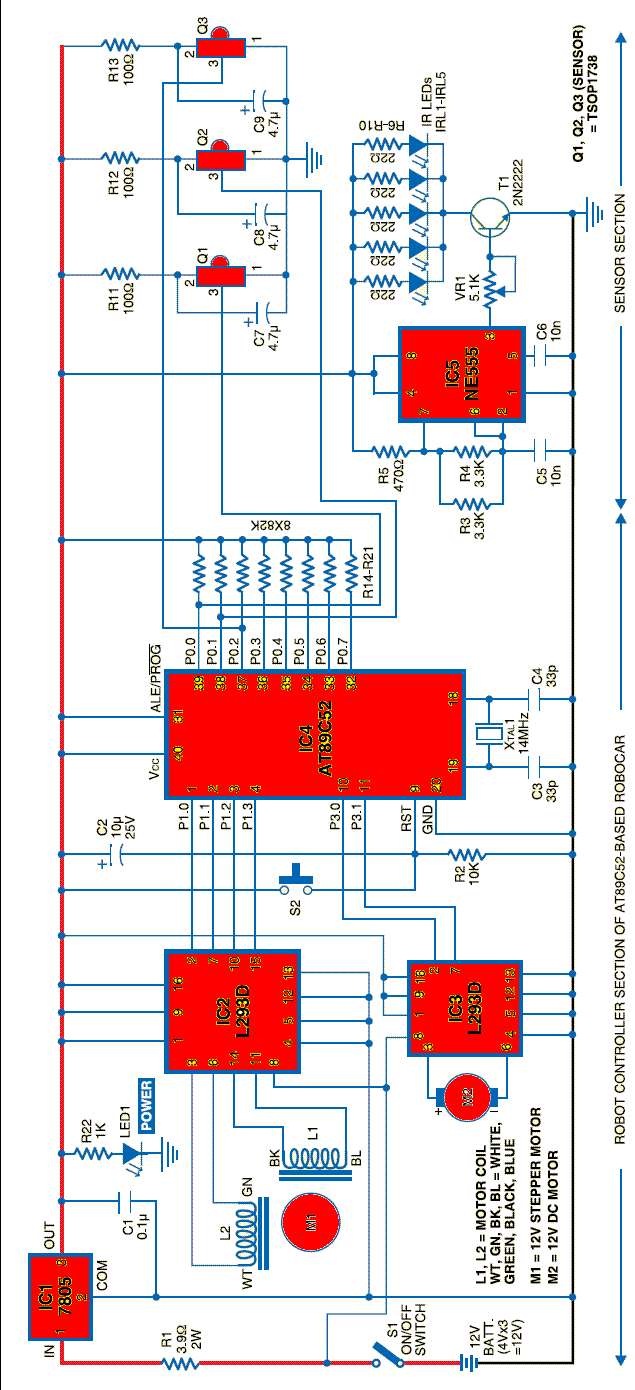
A robot can be defined as an electro-mechanical system with the capability of sensing its environment, manipulating it, and acting according to a preprogrammed sequence. It is a machine that...
Robots are complex systems that integrate various components to perform tasks autonomously or semi-autonomously. The essential elements of a robot include sensors, actuators, a control unit, and a power supply.
Sensors are crucial for a robot's ability to perceive its surroundings. They can include cameras for visual input, ultrasonic sensors for distance measurement, and tactile sensors for touch feedback. The data collected by these sensors is processed by the control unit, which is typically a microcontroller or a microprocessor. This control unit interprets sensor data and executes preprogrammed algorithms to determine the appropriate actions.
Actuators are the components responsible for movement and manipulation. They can be electric motors, servos, or hydraulic systems, depending on the required precision and power. The control unit sends signals to these actuators to perform tasks such as moving limbs, gripping objects, or navigating through an environment.
The power supply is another critical aspect of a robot, providing the necessary energy for all components. This can be in the form of batteries, solar panels, or external power sources, depending on the design and intended application of the robot.
In summary, a robot's functionality relies on the seamless integration of sensors, actuators, a control unit, and a power supply, allowing it to interact with its environment and execute tasks effectively.A robot can be defined as an electro-mechanical system with the capability of sensing its environment, manipulating it and acting according to the preprogrammed sequence. It is a machine that.. 🔗 External reference
Robots are complex systems that integrate various components to perform tasks autonomously or semi-autonomously. The essential elements of a robot include sensors, actuators, a control unit, and a power supply.
Sensors are crucial for a robot's ability to perceive its surroundings. They can include cameras for visual input, ultrasonic sensors for distance measurement, and tactile sensors for touch feedback. The data collected by these sensors is processed by the control unit, which is typically a microcontroller or a microprocessor. This control unit interprets sensor data and executes preprogrammed algorithms to determine the appropriate actions.
Actuators are the components responsible for movement and manipulation. They can be electric motors, servos, or hydraulic systems, depending on the required precision and power. The control unit sends signals to these actuators to perform tasks such as moving limbs, gripping objects, or navigating through an environment.
The power supply is another critical aspect of a robot, providing the necessary energy for all components. This can be in the form of batteries, solar panels, or external power sources, depending on the design and intended application of the robot.
In summary, a robot's functionality relies on the seamless integration of sensors, actuators, a control unit, and a power supply, allowing it to interact with its environment and execute tasks effectively.A robot can be defined as an electro-mechanical system with the capability of sensing its environment, manipulating it and acting according to the preprogrammed sequence. It is a machine that.. 🔗 External reference
